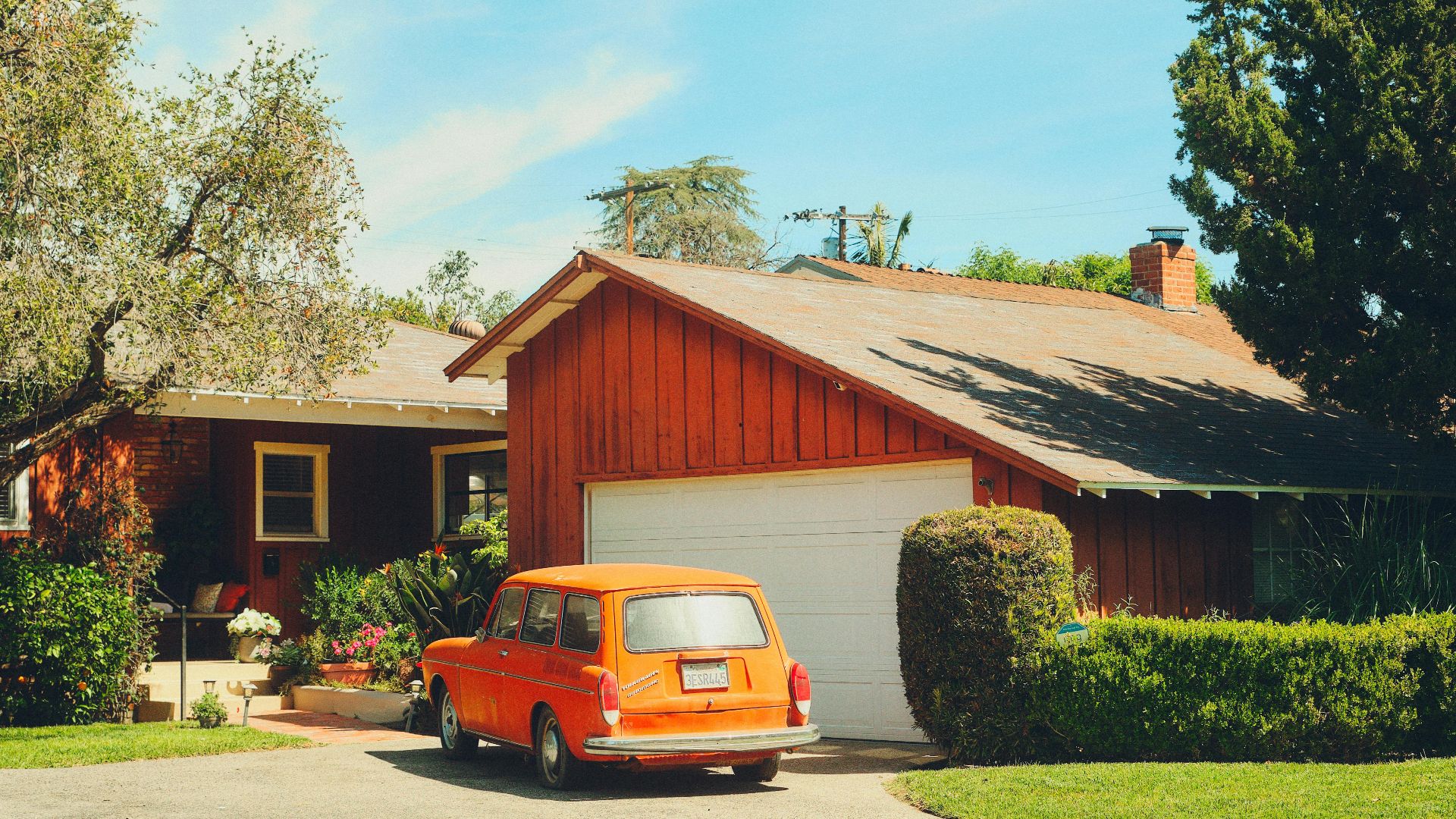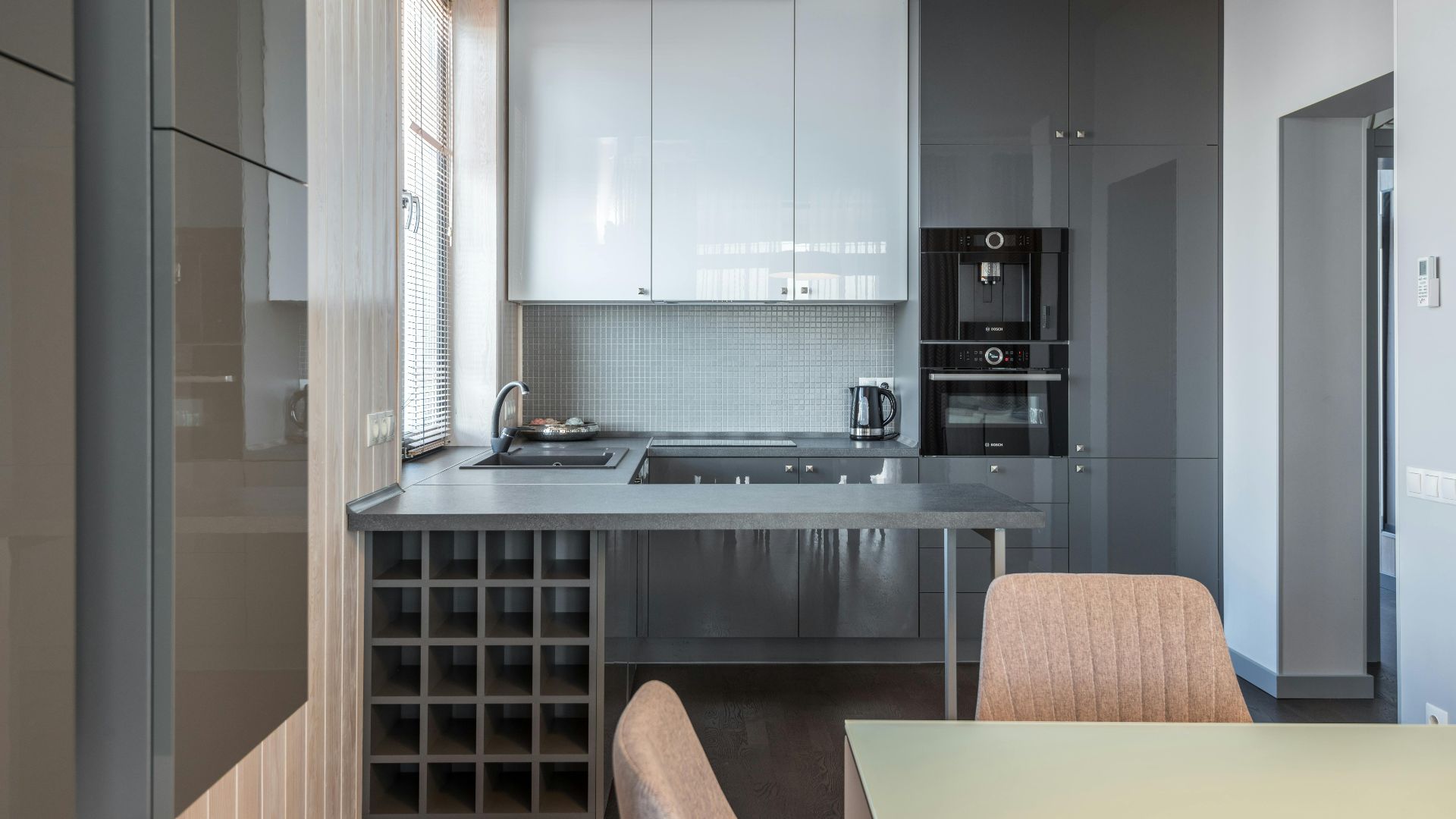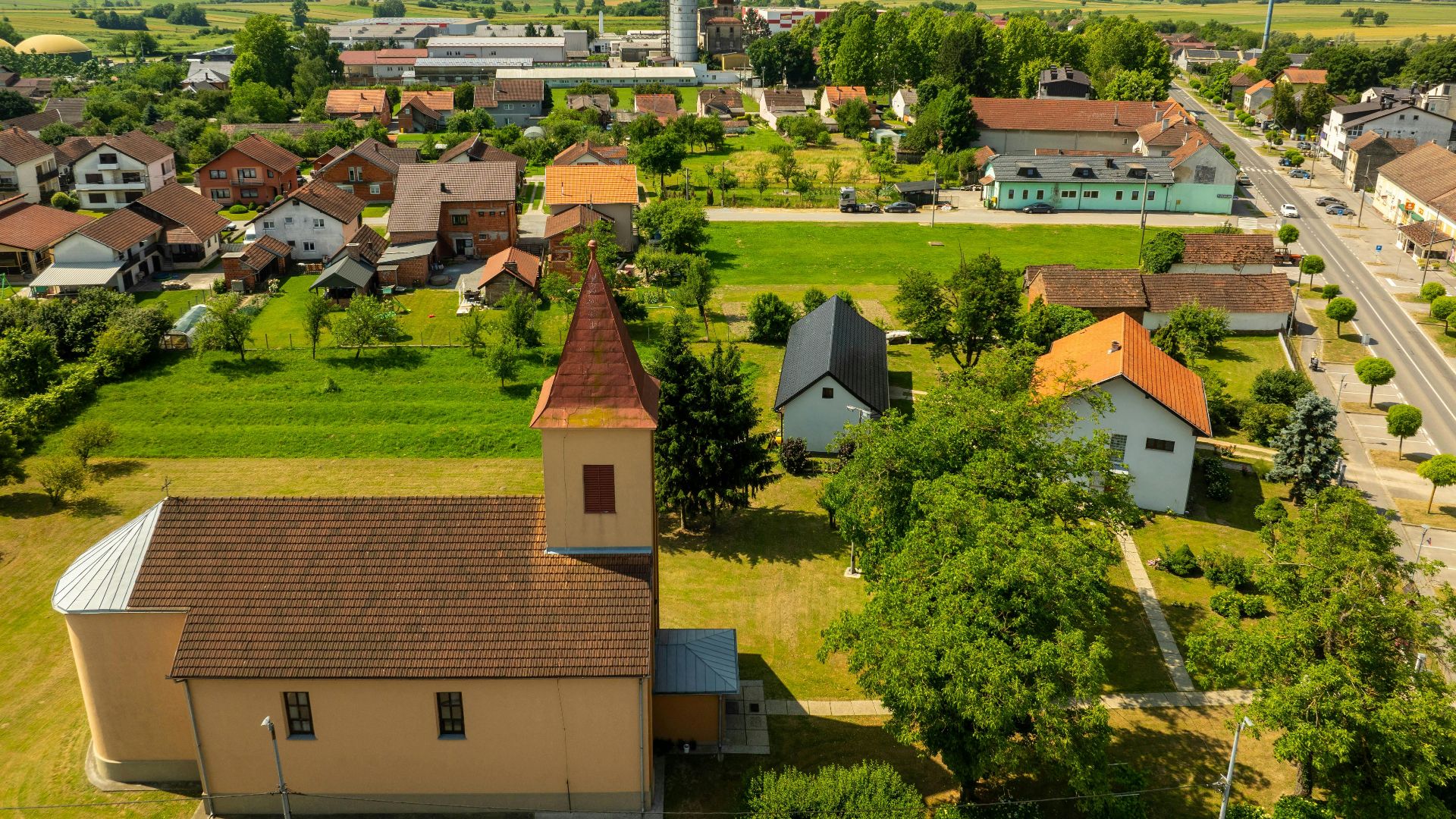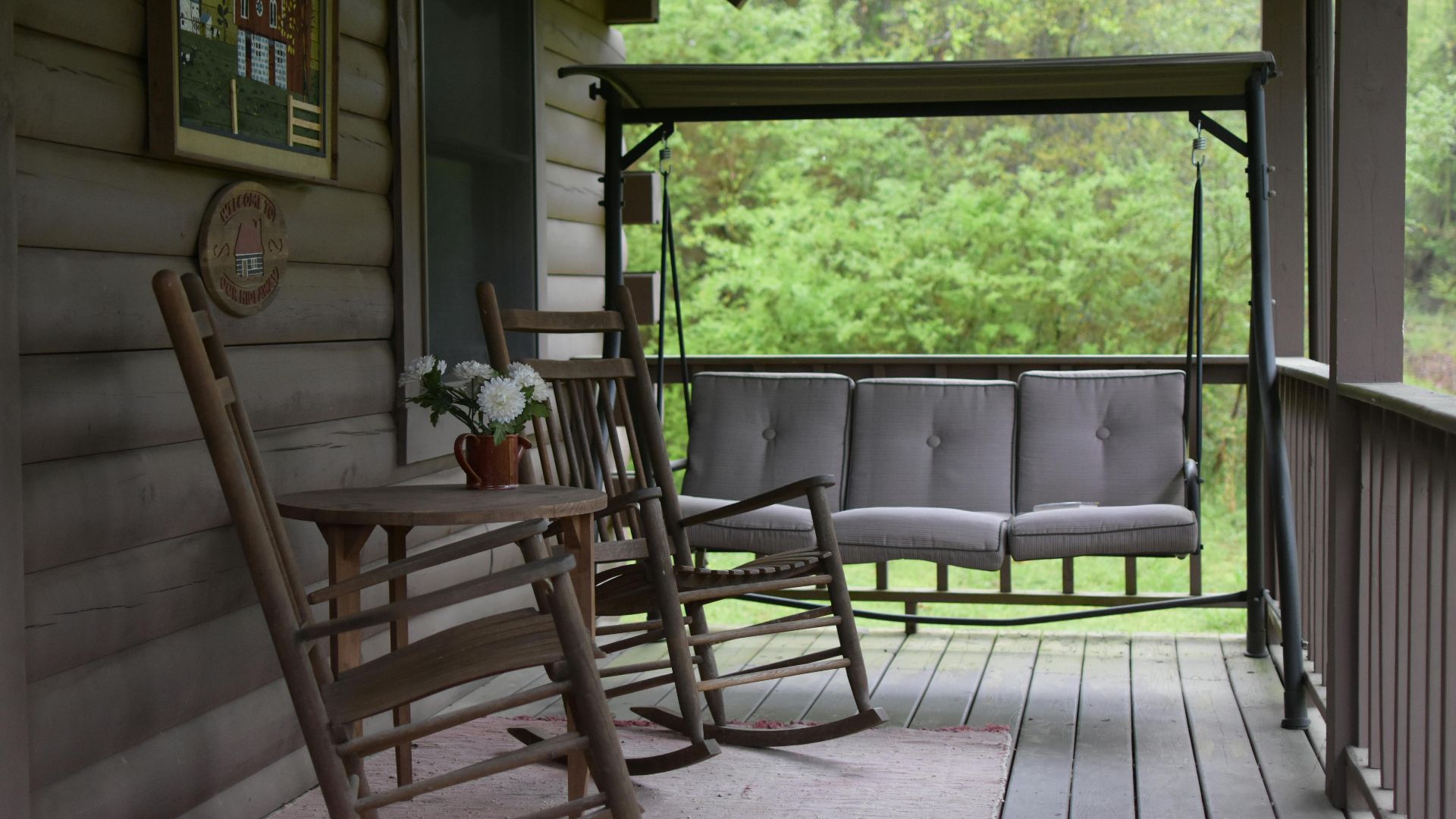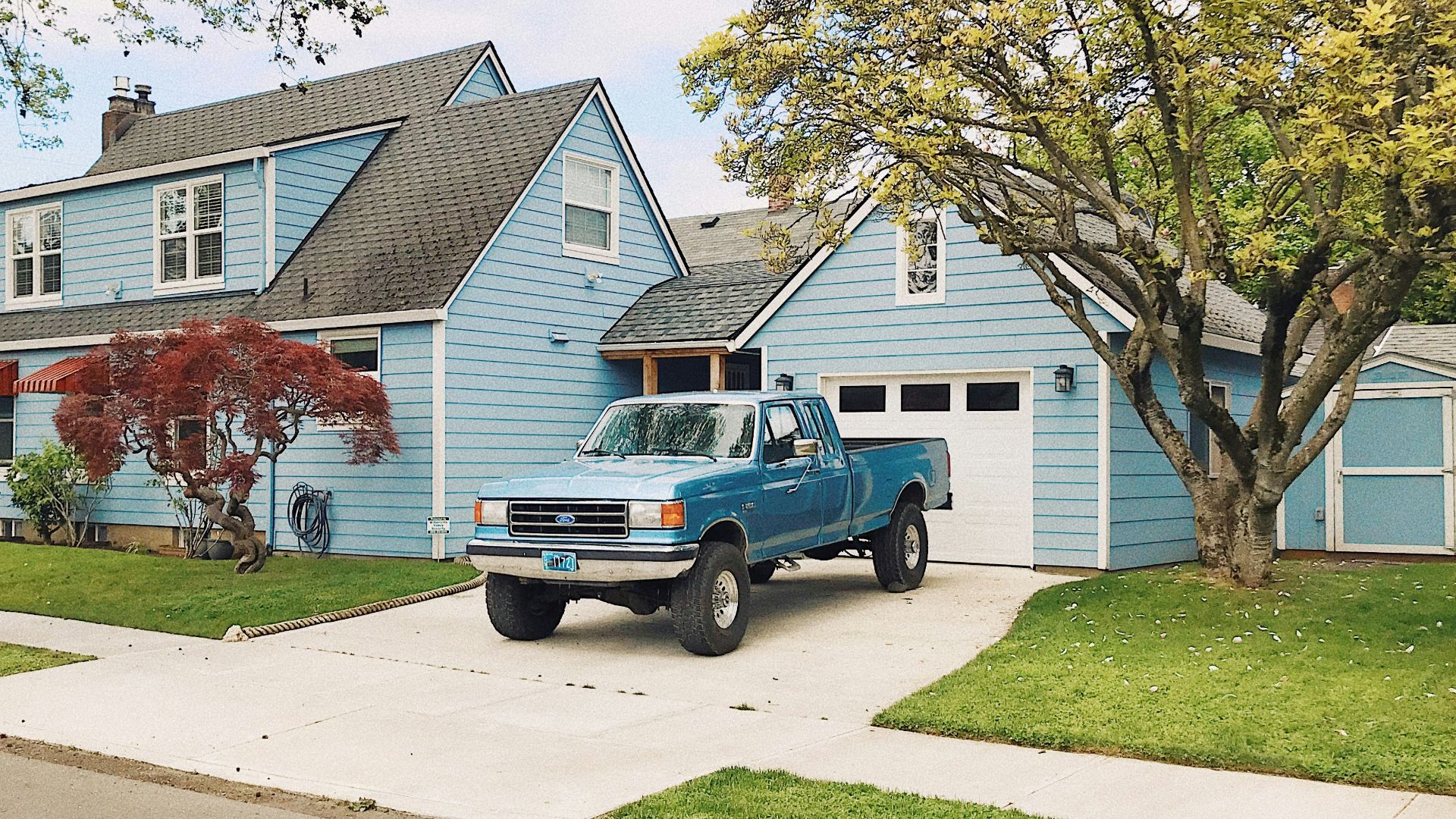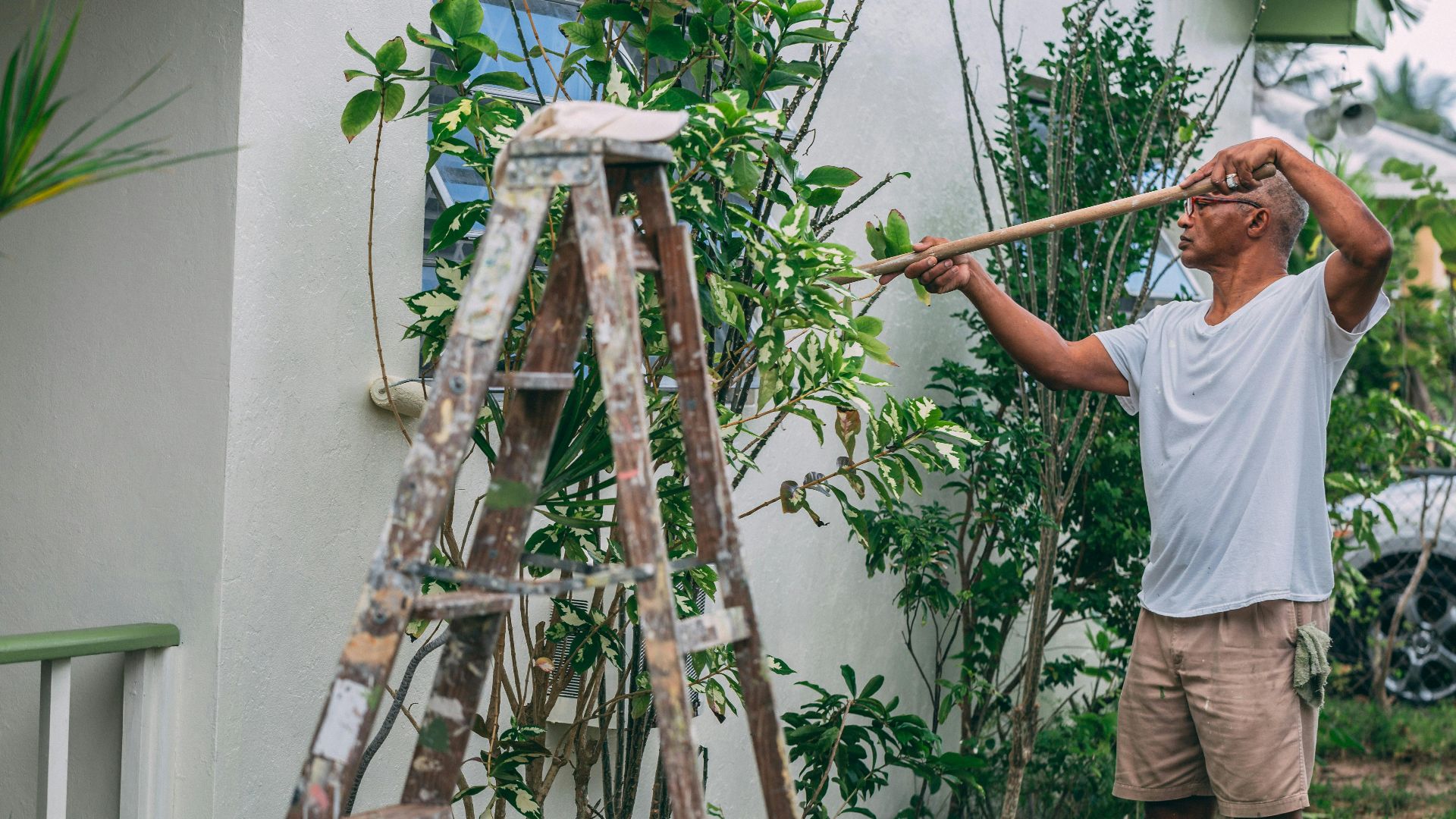Living Large Or Living Easy
Some mornings smell like toasted bagels and car horns. Others smell like mulch and sprinkler mist. Where you live shapes the pace of your lifestyle, and each rhythm has its perks and drawbacks. We'll unpack suburban life soon, but first, let's get into what makes the city's tempo worth dancing to.
1. Fast Career Growth Downtown
Morning coffee meetings have the potential to turn into job offers faster than you can say "LinkedIn" with networking opportunities. Urban centers in Manhattan or San Francisco house major HQs, from Meta to Morgan Stanley. Career accelerators thrive on proximity and competition.
2. Reliable Public Transit Systems
Nobody dreams of traffic lights, yet here we are. In places like Boston, you can ride the L or the T without burning gas or your soul. Transit-oriented planning in cities such as Chicago can reduce commuting time by up to 15–30%. Bonus: you can text, snack, or nap without rear-ending someone's Prius.
3. Walkable Neighborhoods
In Portland's Pearl District or New York's West Village, you'll find crosswalks and humans actually walking to their destinations. Walk Scores in these areas often exceed 90, and walkable communities not only boost physical health but also contribute to local economies.
4. Compact Apartments Near Everything
A 600-square-foot studio sounds ridiculous until you realize it's above a ramen bar, which is across from your gym and next door to live jazz. In dense areas, such as Seattle's Capitol Hill, proximity means your kitchen becomes more optional than inconvenient.
5. Access To Arts And Culture Hotspots
Urban life means being a short walk or train ride from world-class museums, indie theaters, and live performances. Think FringeArts in Philly or jazz nights in Chicago. Many spots host rotating exhibits or "pay-what-you-wish" nights. It's like Netflix, but you get to wear shoes and clap in public.
6. High Density Of Global Restaurants
According to Yelp data, cities have up to 2–3 times more cuisine types per square mile than surrounding regions. You can take your stomach on a world tour without leaving Los Angeles. From Ethiopian injera on Fairfax to Sapporo-style ramen, urban food scenes are multicultural.
7. Inclusive Communities
In the cities of Minneapolis or Queens, you'll meet neighbors from across the globe and across the spectrum. Urban communities skew more progressive and engaged in activism. Local pride often includes parades and protests—all part of the social fabric, not a sideshow.
8. City Markets And Fairs
Urban areas love to merge utility with surprise—expect live jazz with a side of pickled beets. For example, a grocery run can turn into a whole Saturday at the Ferry Plaza Farmers Market or Chicago's Maxwell Street Market. You leave with produce and a story. Probably three.
9. Immediate Access To Major Hospitals
Houston and Boston are venerated as medical meccas, with access to institutions like MD Anderson and Mass General. Emergency care and experimental treatments in cities are available without the need to drive two hours or worry about Google Maps glitches.
10. Coworking Spaces
At spots like WeWork in Denver or Industrious in NYC, freelancers and startups rub elbows over overpriced matcha lattes and whiteboard epiphanies. These hybrid hubs are linked to faster ideation and cross-sector collabs. Plus, no one judges your casual Crocs or kombucha habit.
So, you've seen the city's glow. Now, it’s time to see the quiet pull of the suburbs.
11. Spacious Single-Family Homes
Unlike having to trip over your cat and your partner while trying to make toast in the city, suburbia gives you room to breathe. For example, in Franklin, TN, the average suburban home offers 2,400+ square feet—enough for a yoga room and a guilt-free junk closet.
12. Private Backyards
Saturday mornings hit differently when there's a slip-n-slide and no strangers watching. According to Zillow, around 65% of suburban homes include fenced yards. That's basically a stage for childhood memories, complete with dirt and dragonflies.
13. Top-Rated Schools
Test scores don't hug you back, but access to public schools like Glenbrook South in Illinois or Westlake High in Texas might come close. Suburban districts often funnel more property taxes into education, reducing classroom sizes and increasing safety.
14. Convenient Drive-Up Shopping
You haven't lived until you've picked up 60 pounds of mulch, allergy meds, and tacos without leaving your car. According to ICSC, suburban centers offer 20–25% more drive-thru and curbside options than urban areas. And no, there's no shame in knowing your Target curbside attendant by name.
15. Quiet Neighborhoods With Low Crime
You're more likely to hear wind chimes than police sirens after 9 PM in the suburbs. Lower population density and stronger community watch programs make it easy to let your guard down and let your cat out. Naperville, Illinois, is consistently ranked among America's safest cities by MoneyGeek.
16. Lower Utility Costs
According to the Energy Information Administration, suburban homes often benefit from cheaper electricity rates and water costs due to municipal infrastructure designs. For example, utility costs in suburbs like Buffalo Grove, IL, can be lower than in nearby urban centers.
17. Wide Roads With Light Traffic
Left turns don't feel akin to gladiator combat when the roads are three lanes wide. The Texas A&M Transportation Institute reports that suburban commuters lose 40 fewer hours annually to traffic delays. Your blood pressure will thank you, and so will your insurance deductible.
 Jessica Lewis 🦋 thepaintedsquare on Pexels
Jessica Lewis 🦋 thepaintedsquare on Pexels
18. Family-Friendly Hubs
In places like Cary, North Carolina, you'll find libraries and rec centers grouped as they were designed by someone who actually has children. The American Planning Association refers to these as "community anchor zones," which are typically located near schools.
19. Driveways Simplify Commuting
Suburbs give you the joy of pulling into your own driveway—no permit, no meter, no silently praying someone moves. According to AAA, this adds up to 5–10 hours saved annually. That's a whole season of TV. Plus, these driveways can increase home resale value by 3–5%.
20. Freedom To Renovate And Customize
In the suburbs, nobody bats an eye if you build a deck or start a butterfly garden. Local zoning laws and relaxed HOA policies (outside the few pickier ones) mean your home becomes a playground for your weirdest Pinterest board. Finally, a place that says "yes" to outdoor pizza ovens!


